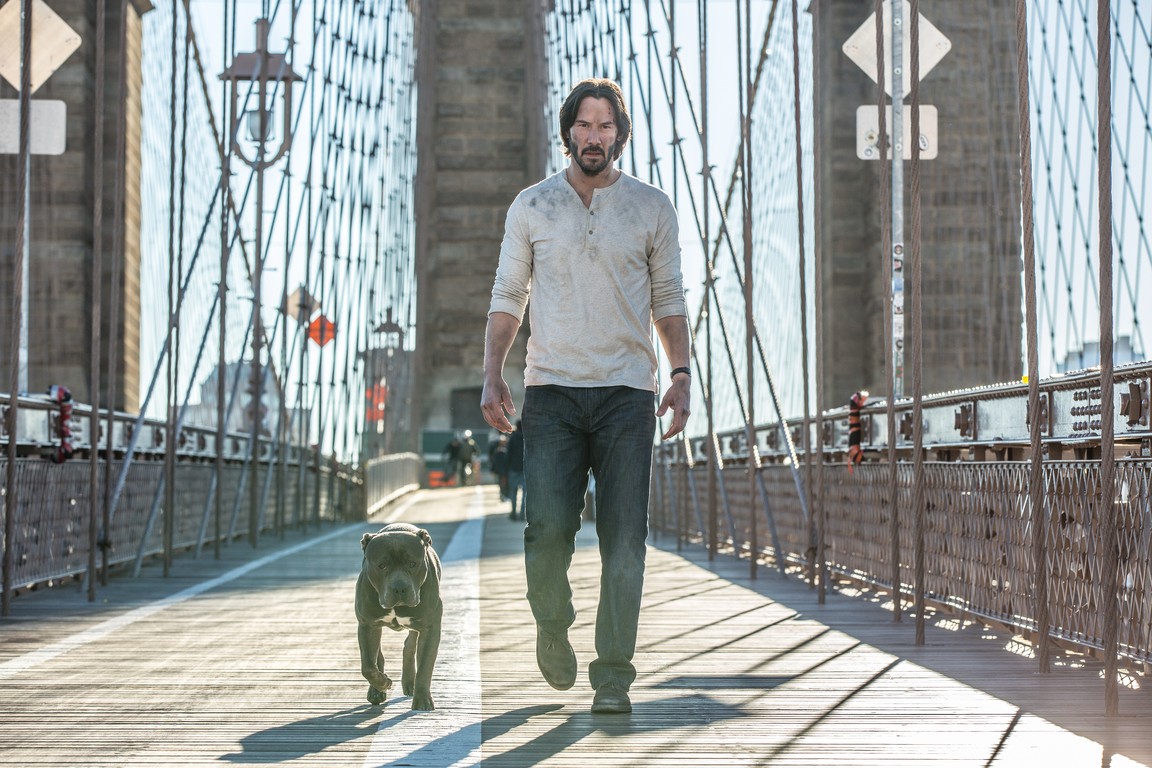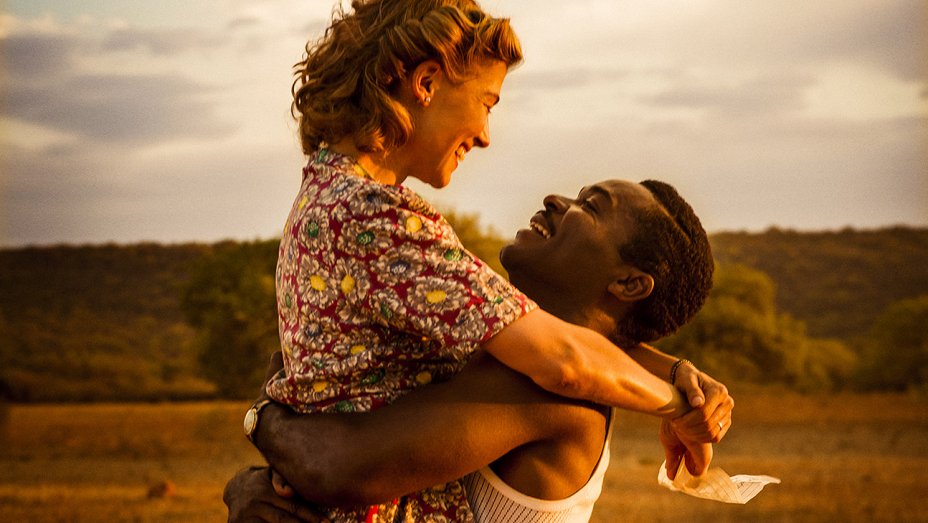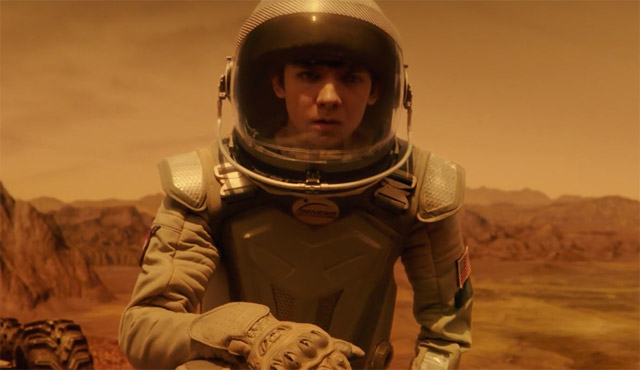John Wick Chapter 2
Posted on February 9, 2017 at 5:25 pm

A little bit of a spoiler alert here: this time the dog does not die. Other than that, “John Wick Chapter 2” is pretty much what you saw in the first “John Wick.” Once again, this is a movie about a good guy who happens to be an assassin, going after the bad guy assassins, in an assassin demimondaine with cool details but mostly a lot of assassining. Director Chad Stahelski, a martial arts instructor turned stuntman in films like “The Crow” and “The Matrix” makes these films from a stuntman perspective. The intricately choreographed stunts are shot like a Fred Astaire dance number. That means the camera sits relatively still and lets the action tell the story rather than tricking it all up with quick cuts and fancy angles. And the stunt settings are imaginative, including ancient Roman catacombs and an art installation that is like a super-sized funhouse mirror display.
In the first film, retired assassin John Wick (Keanu Reeves) is mourning the death of his wife, the woman for whom he quit being a paid killer so they could live happily ever after together. She had arranged for an adorable puppy to be delivered to him after her death. The spoiled, hot-headed son of a crime boss kills Wick’s dog and takes his car, so Wick gets out a sledgehammer to smash up the cement he laid down metaphorically and literally over his arsenal and stockpile of gold coins, the preferred currency for Assassin World. Some 70 kills later, including the son and his dad, the movie ended.
Chapter 2 has Wick getting his car back, and when we see him laying down that cement again, we know it’s time for the doorbell to ring.
It turns out you don’t get to retire twice. An old colleague shows up with a marker. And, as hotel for assassins proprietor Winston (Ian McShane) helpfully reminds us, there are only two unbreakable rules in Assassin World: no spilling blood in the Assassin Hotel chain known as Continental (we’ll overlook that tussle with Ms. Perkins in the first film), and all markers must be paid. Santino (Riccardo Scamarcio) wants Wick to kill his sister, Gianna (Claudia Gerini), so he can take her place on the Assassin World ruling council. Wick says no. Santino burns his house down.
No time to stop to dig up the arsenal again. Lucky for us, as this means some of the film’s highlights, when Wick meets with his weapons “sommelier” (“Spy’s” Peter Serafinowicz) and his tailors, expert in the art of exquisite fit and bulletproof fabric. Then it’s off to the catacombs for a rather unexpected encounter with Gianna, followed by an Assassin World APB when Santino offers a $7 million reward for killing John Wick.
So, basically another FPS game, as everyone comes after Wick, including Common and Ruby Rose, and he goes after everyone. There has to be a Chapter 3, right?
The details are stylish and a lot of fun, especially Lance Reddick’s imperturbable concierge, a room full of 1940’s-style plugboard and vacuum tube female operators handing out assassination assignments, Rose’s acrobatics and her sign-language threats (she does not speak), and everyone’s exotic tattoos. (Wick’s, usually translated as “Fortune Favors the Bold” is really more like “It is only the strong that the Goddess Fortuna comes to save.”) It is delightful to see Reeves paired again (briefly) with his “Matrix” sensei, Laurence Fishburne, here presiding over an intelligence network of apparently homeless people. It nicely balances the gory images to keep us in a world where we are relieved that the local cop (the always welcome Thomas Sadoski) appreciates that all this killing has nothing to do with the normal rules. Contrary to Winston, in this world there is only one rule: don’t get in the way of entertainment, and this movie obeys.
Parents should know that this film includes constant strong and very gory violence with guns, knives, fights, suicide, many characters injured and killed, many disturbing images, very strong language, and briefs nudity.
Family discussion: Why are the two rules important? Should there be any others?
If you like this, try: the first “John Wick” and “Shoot ‘em Up”









